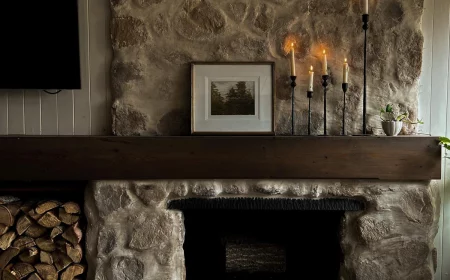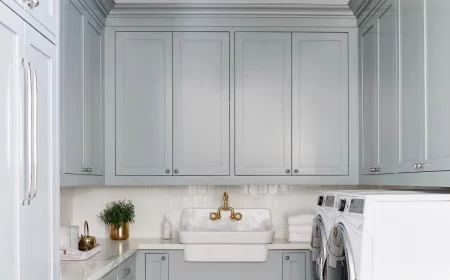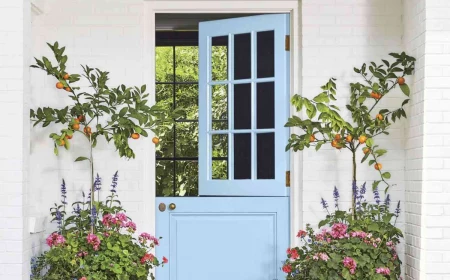Your Renovation Loan Playbook: A Contractor’s Straight-Talk Guide
I’ve been on job sites my entire career, and I’ve seen it all. I’ve watched clients turn cramped, dark kitchens into the heart of their home. I’ve helped them build additions that finally gave their family room to breathe. And honestly, the projects that go off without a hitch all have one thing in common. It isn’t the fancy countertops or the perfect flooring.
In this article
It’s a rock-solid financial plan built on the right kind of loan. The absolute biggest project nightmares I’ve witnessed almost always started with the wrong financing. A bad loan can create way more stress than any construction delay, trust me.
It’s funny, homeowners will spend months agonizing over paint swatches but only a few hours thinking about how to pay for it all. This is my attempt to fix that. I’m going to walk you through the world of renovation financing, just like I do for my own clients. Think of this as the first, and most important, tool in your toolbox. Getting this part right makes everything else run so much smoother.
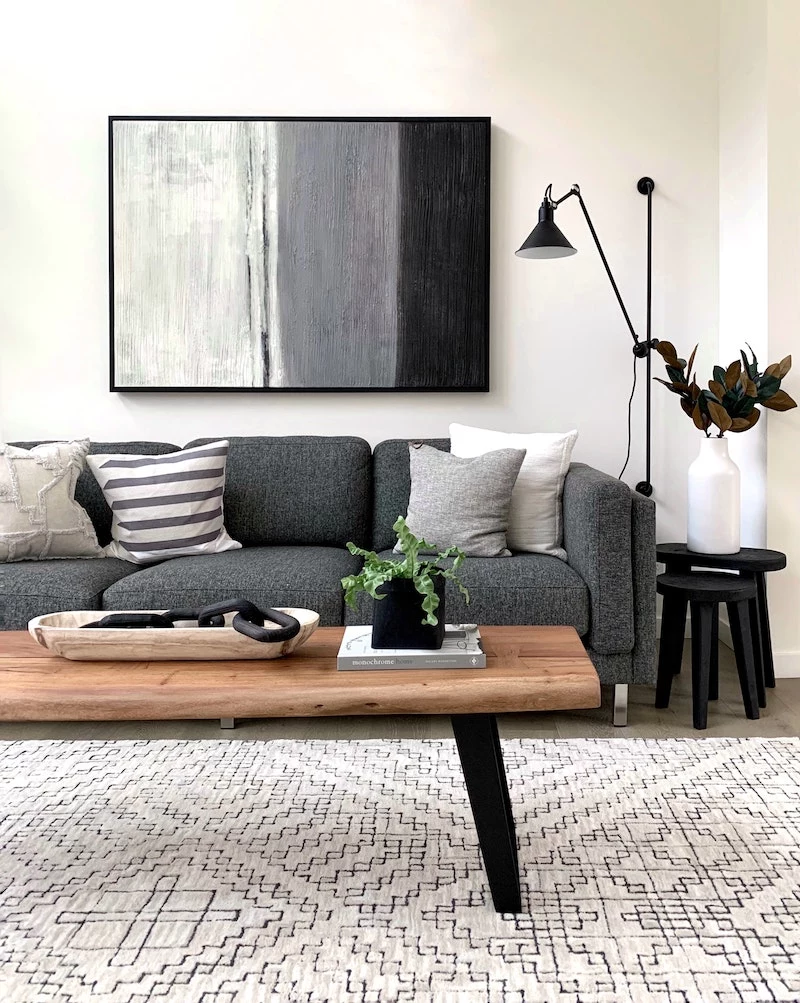
The Financial Blueprint: What Lenders See First
Before you even dream of talking to a bank, you need to look at your finances the way they do. Lenders are all about one thing: managing risk. They’re basically asking, “Can this person pay us back?” When you understand how they answer that question, you’re in the driver’s seat. It helps you figure out what you can realistically afford and which loan is your best bet. It all boils down to three key numbers.
1. Your Home Equity
This is simply the part of your home you actually own. It’s the gap between your home’s current market value and what you still owe on your mortgage. So, if your home is worth about $400,000 and your mortgage balance is $250,000, you have $150,000 in equity. Simple, right?
Lenders will let you borrow against a slice of that equity. Typically, they cap the total loan-to-value (LTV) at 80% or 85%. This just means your original mortgage plus your new renovation loan can’t add up to more than 85% of your home’s value. Don’t just rely on those website estimates for your home’s value; they’re often just a ballpark. For serious planning, consider a Broker Price Opinion (BPO). A local real estate agent can do one for you, and it usually costs between $50 and $200. It’s a ton more accurate than an online guess but way cheaper than the full $500+ appraisal you’ll eventually need for the loan anyway.

2. Your Credit Score
Your credit score is basically your financial report card. Lenders look at this number to gauge how reliable you are with debt, and it directly impacts the interest rate they’ll offer you. A higher score means you’re seen as lower risk, so you get a better rate. A lower score… well, you’ll pay more over the life of the loan.
Here’s a rough idea of what those numbers mean:
- 740 and up: You’re golden. Expect to get the best rates and terms out there.
- 670 to 739: This is considered good. You’ll get plenty of competitive offers.
- 580 to 669: This is fair territory. You can still qualify, but your interest rates will be noticeably higher. Some government-backed programs are designed to help in this range.
- Below 580: To be frank, getting a loan secured by your home will be tough.
Your 10-Minute Task Today: Before you do anything else, go to AnnualCreditReport.com and pull your free credit reports from the three main bureaus. It costs nothing. Check for errors and see where you stand. Paying down high-interest credit card balances is one of the fastest ways to give your score a little boost.

3. Your Debt-to-Income (DTI) Ratio
This might be the most important number you’ve never heard of. Your DTI compares your total monthly debt payments (think mortgage, car loans, student loans, credit cards) to your gross monthly income (what you make before taxes). Lenders use this to see if you can truly handle another monthly payment.
Most conventional lenders want to see a DTI of 43% or less. For example, if your household brings in $8,000 a month before taxes, all your combined debt payments shouldn’t be more than $3,440. A high DTI is a major red flag for underwriters, even if you have amazing credit and a ton of equity.
The Main Loan Types: Picking the Right Tool for the Job
Choosing a renovation loan is like picking a power tool. You wouldn’t use a sledgehammer to install delicate trim. Each loan is built for a different kind of job. Let’s look at the main options so you can match the financing to your project.
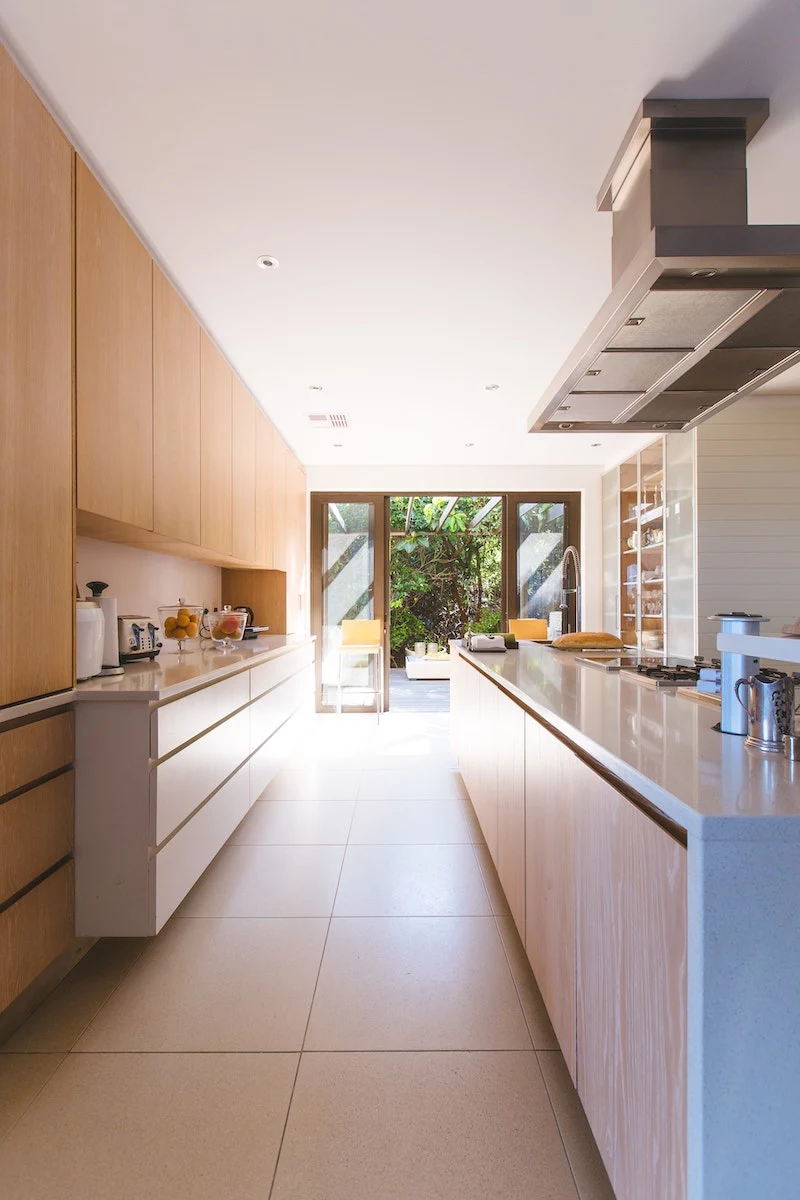
Home Equity Loan (HEL)
You can think of this as a “second mortgage.” You borrow a specific amount of money all at once, in a single lump sum. Then you pay it back over a set period, often 5 to 15 years, with a fixed interest rate. Your monthly payment never changes, which is great for budgeting.
- Best For: Big, one-and-done projects with a firm, fixed cost. Think a total kitchen gut where you have a detailed quote from your contractor.
- The Good: The predictable payment is a huge plus. The fixed rate means no surprises.
- The Catch: There’s not much flexibility. If your project goes over budget—which happens!—you can’t just go back for more money. You’d have to apply for a whole new loan. Also, expect closing costs, typically 2% to 5% of the loan amount, just like a regular mortgage.
- Timeline: Be prepared to wait a bit. From application to getting your cash, a home equity loan process usually takes about 30 to 60 days.

Home Equity Line of Credit (HELOC)
A HELOC is completely different. It works more like a credit card that’s secured by your home. You get approved for a maximum credit line, and you can draw money from it as needed during a set “draw period,” which is often 10 years. You only pay interest on what you’ve actually used.
I had a client who did their backyard in three phases: first the patio, then the outdoor kitchen a year later, then the landscaping. A HELOC was perfect for them. They just drew the funds for each phase as they were ready to start, which kept their interest payments low.
- Best For: Projects with an uncertain timeline or budget, or for homeowners who want a financial safety net for multiple projects over time.
- The Good: It’s incredibly flexible. You use what you need, when you need it. Closing costs are often lower than a HEL, and some lenders even waive them.
- Heads Up! The BIG Gotcha: Most HELOCs have a variable interest rate, so your payment can change. But the real surprise comes when the draw period ends. At that point, you can no longer borrow money, and you have to start paying back both principal and interest. This can cause a major payment shock if you’re not prepared for the jump. Make sure you understand exactly how your payment will be calculated in the repayment phase.
- Timeline: Generally a bit faster than a HEL. You can often go from application to having access to your funds in about 2 to 5 weeks.
Getting Ready to Apply: Your Pre-Game Checklist
Once you’ve got a handle on your numbers and the type of loan you want, it’s time to get your documents in order. Having this stuff ready will make the whole process go a lot faster.
Here’s a typical checklist of what lenders will ask for:
- Two of your most recent pay stubs
- W-2 forms from the last two years
- Your two most recent federal tax returns (all pages!)
- Recent statements for your bank accounts (checking and savings)
- Statements for any investment or retirement accounts
- A copy of your homeowner’s insurance policy
And by the way, don’t just go to the first big bank you see. Shop around! Check with big national banks, online lenders, and especially your local credit union. I can’t tell you how many times I’ve seen a small, local credit union beat the big guys on rates and fees. It’s always worth a phone call.


